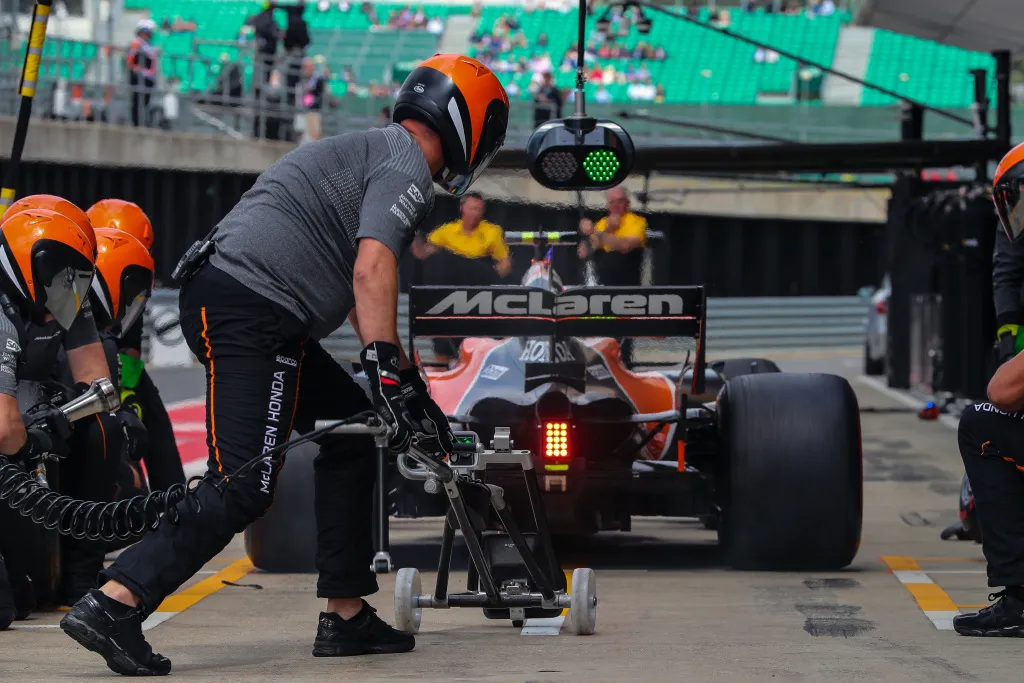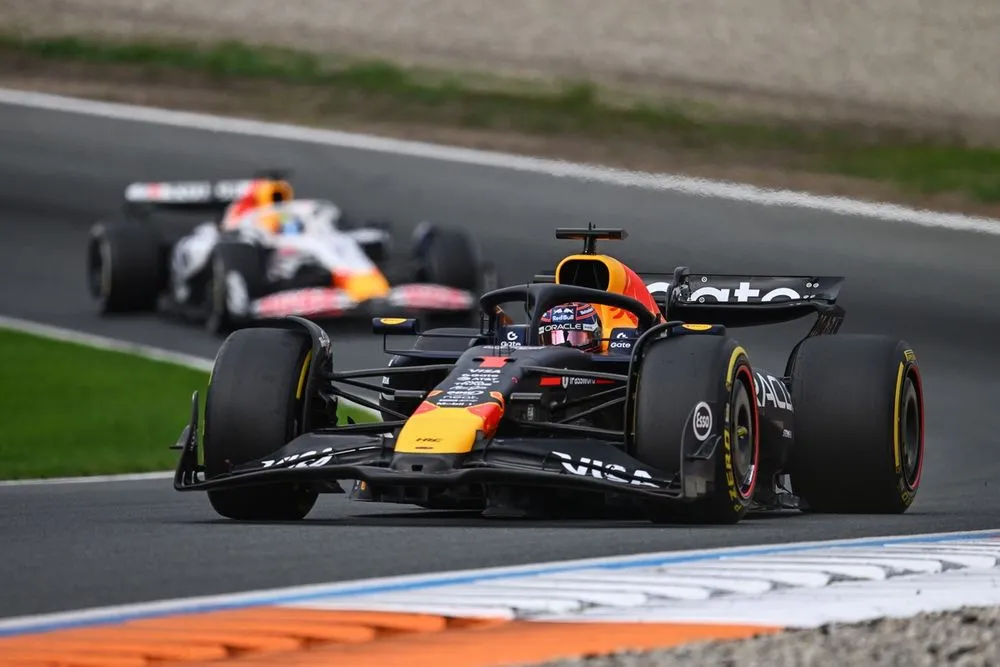The height of motorsports, Formula 1 demands every fraction of a second count. The pit stop in a race is among the most fascinating and vital events. The difference between success and failure may be a well-run pit stop. How then do Formula 1 pit stops go? Let's explore the physics, approach, and collaboration underlying these rapid tyre replacements.
The Value of Formula 1 Pit Stops
More than merely tyre changes, pit stops are a calculated component of the race. Pit stops help teams comply with required tyre rules, adjust to changing track conditions, and acquire an edge. A flawless pit stop may enable a driver keep their lead or overtake rivals.
Read also: Formula 1 Rules And Regulations Explained
The Pit Crew: Synchronised Team
There are about twenty very skilled members of an F1 pit crew, each assigned a particular function:
1. Tyre Changers
- Four team members get the old tires off.
- Four take their place with fresh ones.
2. Gunners for tires
- Four mechanics unscrew and tighten the wheel nuts with air rifles.
3. Vehicle Stabilisers
- One or two individuals keep the automobile still to stop unneeded motion.
4. Front and rear jack operators
- Two mechanics raise the automobile for a rapid tyre replacement.
5. Traffic light operator or lollipops man
- controls when the automobile can exit the pit box without risk.
6. Wing Adjusters and Extra Crew Member Count
- For improved aerodynamics, some crew members alter front wings.
How does a pit stop go—step by step
1. The Call to Pit
- Overlooking a pit stop, the racing engineer tells the driver over the radio.
2. Following the Pit Lane
- Usually 80km/h or 50 mph, the driver slows down and moves into the pit lane to make sure he doesn't over the speed limit.
3. Stopping at thepit Box
- The crew can operate effectively as the driver stops exactly in the assigned pit area.
4. Tyre Adjustments and Change
- In two seconds the pit crew replaces the old tires with fresh ones.
- One can also make changes in front wings.
5. Green signal for Go
- The lollipops guy or traffic light system alerts the motorist to leave once the work is over.
6. leaving the Pit Lane
- Ignoring the white line dividing the pit lane from the circuit, the motorist speeds back onto the track.
Read also: Most Popular Formula 1 Circuits Worldwide
Formula 1's Pit Stop Strategies
1. Multi-Stop vs. One-Stop Strategy:
While some teams use one pit stop, others depending on tyre wear and race conditions prefer many stops.
2. Overcut and undercut
- Undercut: Pitting early to profit from using fresher tires.
- Staying out longer while rivals pit aims to overtake when they slow down.
3. Prospects for Safety Car and Pit Stop Calls
A smartly timed pit stop beneath the safety car may save vital seconds.
Groundbreaking Pit Stops
- Red Bull Racing during the 2019 Brazilian Grand Prix came in with the quickest pit stop ever recorded—just 1.82 seconds!
- The Changing Nature of Pit Stops
1. Early Years (between 1950 and 1980)
Pit stops consisted in gradual refills.
2. Modern Era (1994–present)
Pit stops got even quicker with refuelling abolished in 2010, concentrating just on tyre replacements.
Conclusion
Formula one pit stops include planning, speed, and accuracy. Among the most exciting features of the sport, a well-executed stop may completely shift the course of the race. F1 is a wonder of engineering and human cooperation thanks to the collaboration and dexterity needed for a sub-2-second pit stop.
FAQs
1. A Formula 1 pit stop takes what length of time?
Although a standard tyre replacement takes two seconds, delays might stretch the stop.
2. Why don't Formula One vehicles refuel during pit stops?
2010 saw the restriction on refuelling in order to improve safety and save running costs.
3. Should a pit stop go south, what happens?
Errors include unsafe releases or loose wheel nuts might result in fines or race retirements.
4. How do teams run pit stops?
To hone their skills, pit personnel run hundreds of stops each season.
5. Should a pit stop be dangerous, what fines apply?
Penalties might comprise fines, time penalties, or even disqualification.









